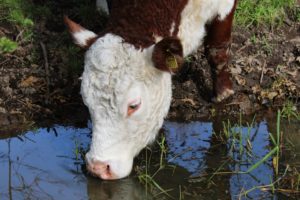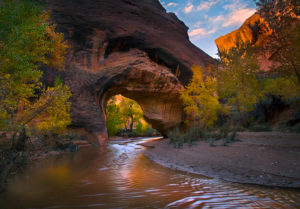What is Livestock Watering?

Authored by: Valley Urricelqui
Did you know that an animal’s performance is based, in part, on their water intake?
Water is the most essential component for livestock’s proper growth, development and performance.
How much water do you think cattle drink each day? Well there are a lot of different factors that lead up to that. It all depends on what type of cattle we are talking about, the weather (What is the temperature outside? Is it summertime or wintertime?) as well as the stage in life the animal is currently in. But it is always important to remember that, generally speaking, when it comes to watering cattle, the heavier the cattle, the higher the water intake.
Cattle should consume 1-2 gallons of water per 100 pounds of body weight. So if you have a 1500 pound cow, she should be drinking about 15-30 gallons of water on an average day.
Below is a list of the amount of water cattle drink each day:
| Type of Cattle | Gallons Per Day (GPD) |
| Heifers & dry cattle(females that are not pregnant | 6-15 gpd |
| Lactating cattle or pregnant cattle | 11-18 gpd |
| Bulls or breeding male cattle | 7-19 gpd |
| Weaning (Growing) cattle | 17 gpd |
| Finishing or feedlot cattle | 9-23 gpd |
| Dairy cattle | 10-25 gpd |
For more detailed information visit: https://www.grass-fed-solutions.com/cattle-water.html
*Fun Fact: Did you know that cattle have 4 stomachs? The Rumen is the largest and can hold up to 50 gallons of feed!
*Fun Fact: The average cow can drink as much as 30-50 gallons of water on a hot summer day! For pairs to get through the summer time heat, they may need to drink 2x the amount of water.
*Fun Fact: Did you know what I mean by “a pair”? A pair is defined as a momma cow and her baby calf.
As the temperatures begin to increases over 40 degrees – cattle generally require an additional gallon of water for every 10 degree increase in temperature.
Water is crucial for the life of livestock, just as all mammals. In order for livestock owners to maintain healthy and happy livestock they must assure that the animals are properly taken care of. A large part of that starts with maintaining our livestock’s water supply.


